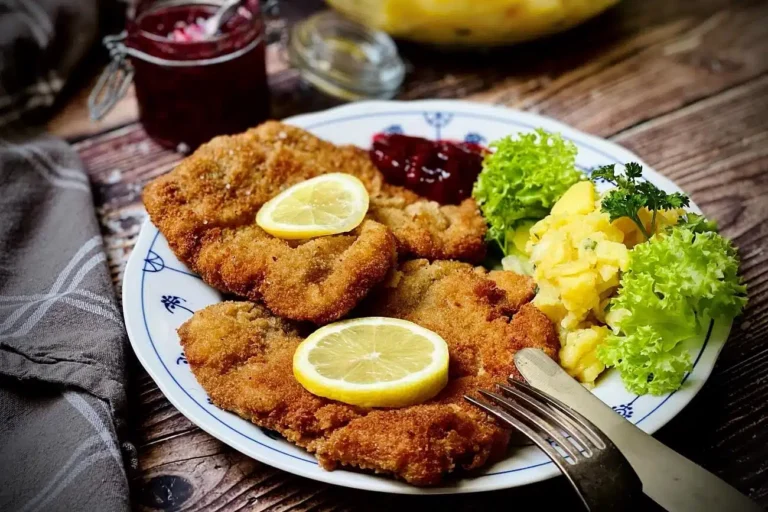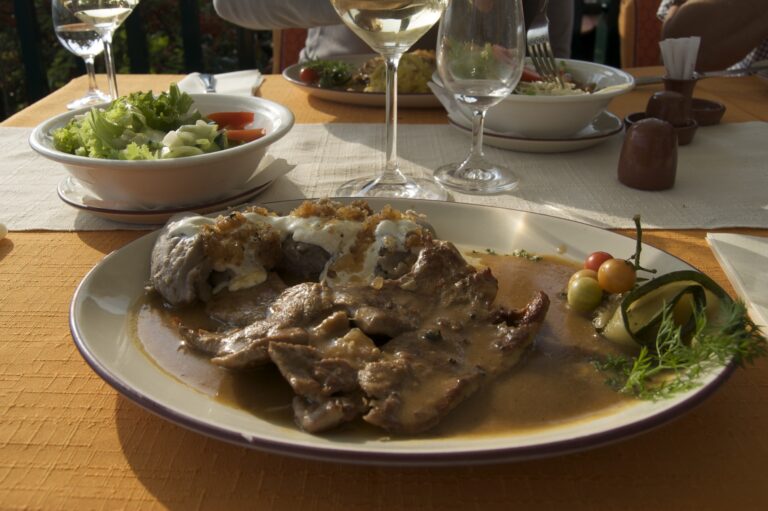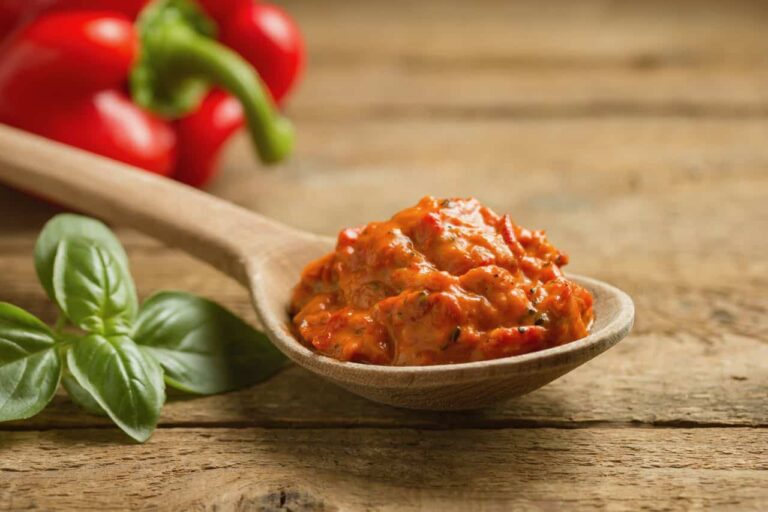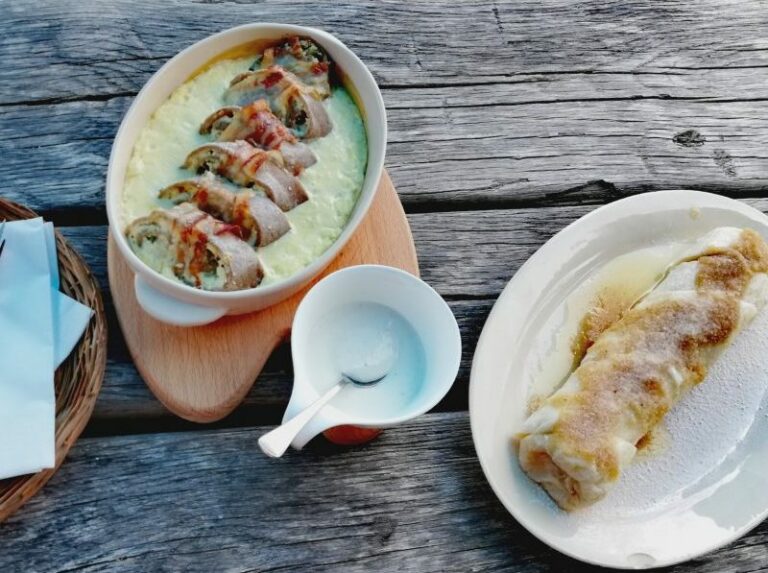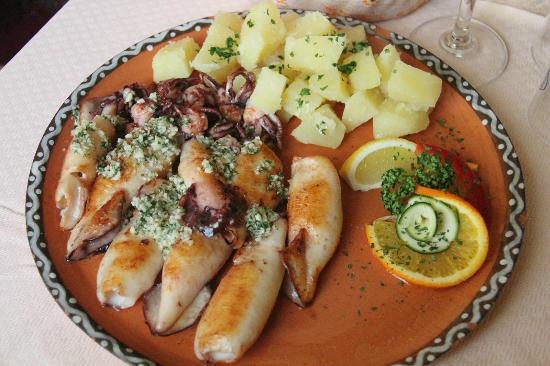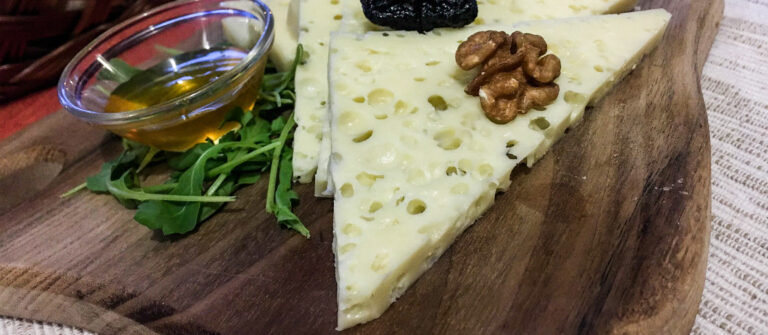Discovering Slovenian Beverages
Slovenia, a small country in Central Europe, boasts a rich cultural heritage and diverse culinary traditions. Its cuisine and local beverages reflect the country’s history and geography, with influences from neighboring countries such as Italy, Austria, and Croatia. Traditional Slovenian drinks range from wines, spirits, liqueurs, and beer, each with a unique taste and story behind it. In this article, we recommend five Slovenian beverages that are worth trying.
Prekmurska gibanica: A National Delight
Prekmurska gibanica is a layered pastry dessert that originated in the Prekmurje region of northeastern Slovenia. It is made of poppy seeds, walnuts, apples, raisins, cottage cheese, and filo pastry. The dish represents the diversity of the region, with ingredients and flavors that reflect the influences of neighboring countries such as Hungary and Austria. It is usually served as a dessert or with coffee and tea.
Kranjska Klobasa and Beer: A Match Made in Heaven
Kranjska klobasa is a traditional Slovenian sausage that is made of pork and flavored with garlic and pepper. It is often served with sauerkraut, mustard, and horseradish, and accompanied by a glass of cold beer. The combination of the savory sausage and refreshing beer is a favorite among locals and a must-try for visitors.
Teran Wine: A Unique Istrian Specialty
Teran is a red wine that is unique to the Istrian region of Slovenia. It is made of a grape variety called Refosco, which grows only in this area. The wine has a rich cherry-red color, a fruity aroma, and a slightly bitter taste. It pairs well with meat dishes, cheeses, and pasta. Teran is also believed to have health benefits, such as improving blood circulation and reducing the risk of heart disease.
Loški Smukavec: A Distinctive Spirit
Loški smukavec is a traditional Slovenian spirit that is made from honey and herbs. It is produced in the Loška dolina valley in southern Slovenia, using a unique recipe that has been passed down for generations. The spirit has a golden color, a sweet aroma, and a refreshing taste, with hints of honey, herbs, and spices. It is usually served as an aperitif or with desserts.
Borovničevec: A Berry Liqueur with a Kick
Borovničevec is a berry liqueur that is made from blueberries and herbs. It is a popular drink in Slovenia, especially during the winter months, when it is served warm with sugar and cinnamon. The liqueur has a deep blue color, a fruity aroma, and a strong taste, with a kick of alcohol. Borovničevec is also used in cocktails and desserts.
Savoring the Flavors of Slovenia
Slovenia’s traditional beverages and drinks offer a glimpse into the country’s rich culture and history. From sweet pastries to savory sausages, from fruity wines to herbal spirits, there is something for everyone to try and enjoy. So next time you visit Slovenia, make sure to sample some of these delightful drinks and savor the flavors of this beautiful country.


